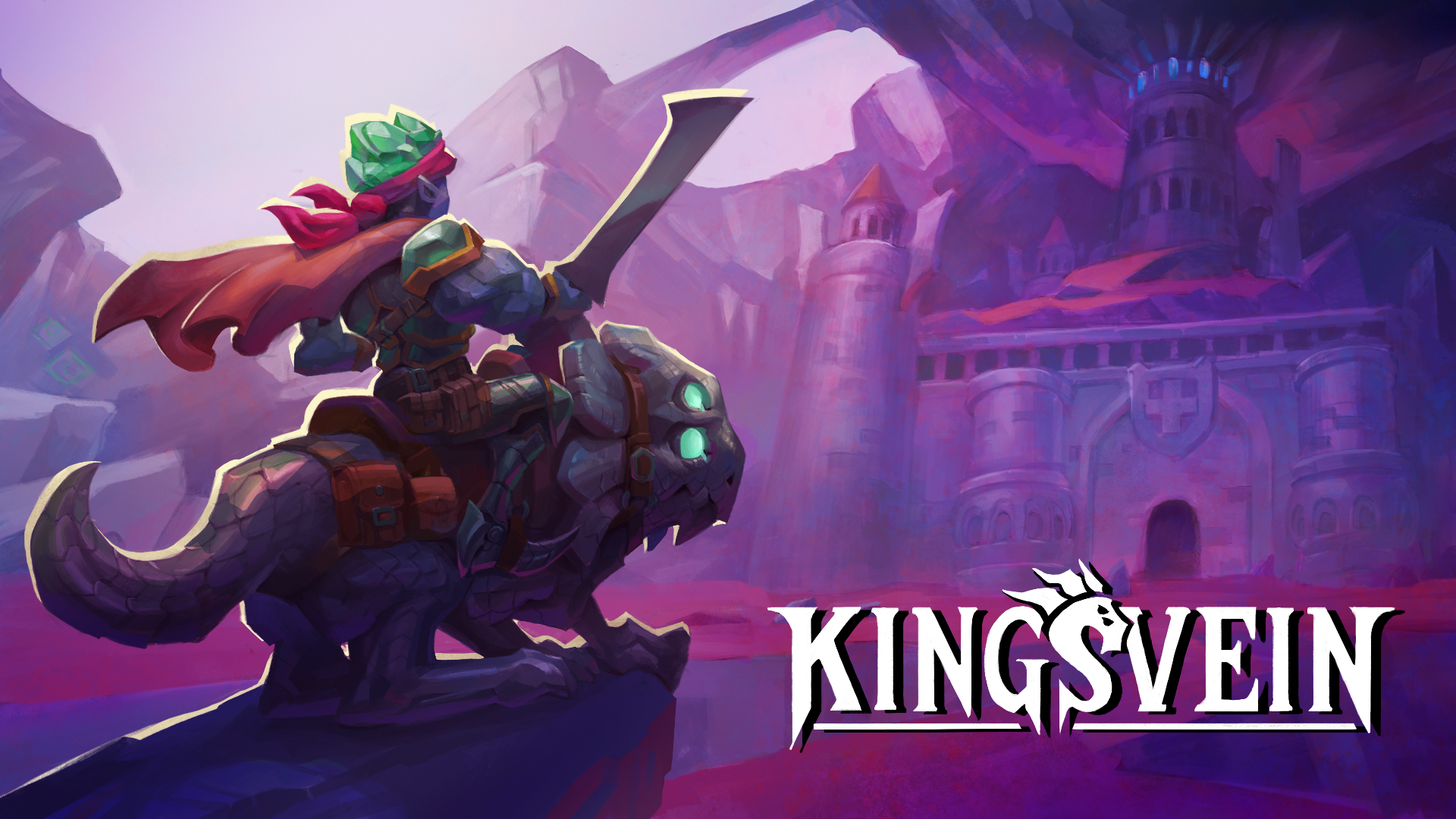Join me as we explore the interesting world of Kingsvein. A new open world turn-based game with deep tactical combat and a lot of exploration. Secret treasures or evil beasts could be hiding behind any corner. Let’s jump on our wyvern and see if it’s worth checking out.
In this review, I am going to cover:
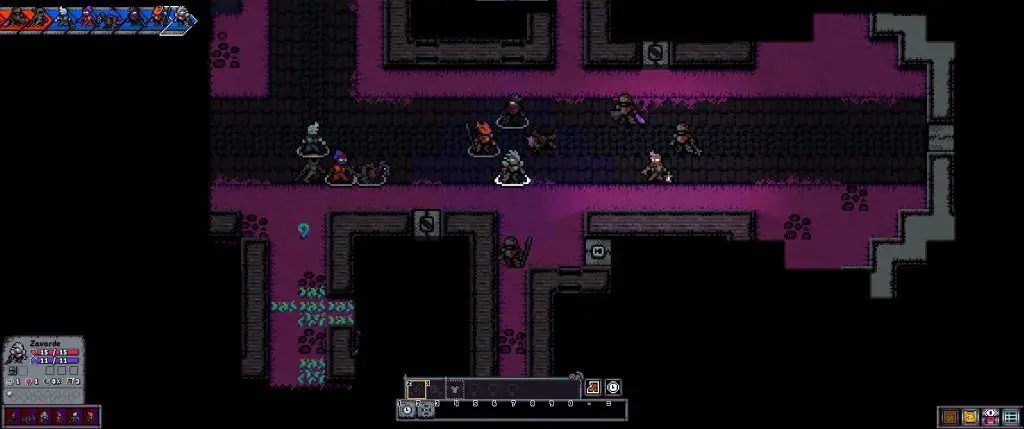
Story
The city of Kingsvein has gone dark. There has been no contact from them for quite some time. As the Wisp Slayer, you have been tasked with finding out what has happened to the city and vanquishing any evil along your journey. You are joined by your trusty wyvern and a few other companions along the way.
Gameplay
Kingsvein’s has two key elements throughout the game. Those are the combat and the exploration. The game does often blur the line between the two by allowing your characters to use abilities outside of combat. This adds even more to the exploration side of things. Before we dig more into that though, let’s start at the beginning with the character creation.
Character Creation
When you start a new game, the first thing that pops up is creating your character. There are a selection of heads and faces to choose from. You can also change the color of your skin, clothing, and armor. Lastly, you have an option from three different classes to choose from. These classes vary in bonus HP and MP as well as a unique passive for each class.

Once you have named your character and are happy with their appearance, you will move on to the next customization page. Here is where you will get to pick your wyvern type and color. There will also be two other characters with similar customization options to your character. These will be companions joining you on your adventure.
Combat
Once you have finished your characters, Kingsvein puts you straight into combat. After busting through a wall, your hero comes face to face with an ogre. You can go hit for hit against the ogre to see who is tougher, or you could try using the terrain to your advantage to make short work of your opponent. This is where Kingsvein shines.
Each unit in combat has only one action point and one movement point per round. You can choose to move before or after your action. The movement can be undone, but the action cannot. Actions consist of attacks, spells, and using items. That means you have to choose between attacking someone or healing an alley, because you can’t do both. Making the wrong choice could result in losing one of your heroes.
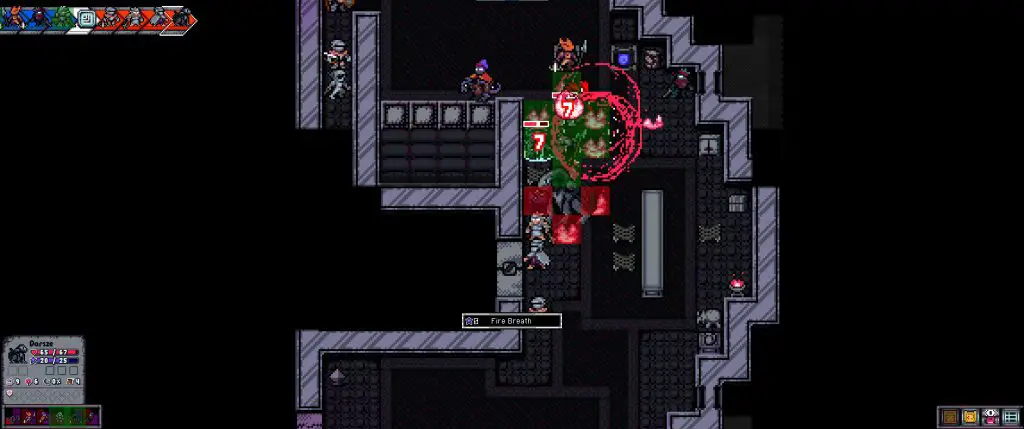
Combat is tough but not unfair. You are often outnumbered and forced to look for tactical advantages in your surroundings. In most situations you will not be able to simply trade blows with the enemy. You will want to find ledges to push them off, spikes to throw them in, or even catching the ground on fire to force them into a bottleneck. These environmental advantages in combat are not always obvious, so make sure you keep an eye out for them.
Kingsvein is full of all different kinds of combos and tactics for the player to find and take advantage of. No matter how good the strategy is though, some of your heroes might still fall in battle. Not to worry. They will be revived after combat and still get their experience points. The only negative effect is that they lose some of their max health until your party rests at your hideout.
Gear
After combat, there is often gear laying on the ground from the enemies. This gear can be collected and equipped to your characters. There are nine total slots for gear. These are left and right hands, an armor slot, 3 accessory slots, and 3 item slots.
The gear has different tiers which determine if it can be modified by attachments. If the gear is too low in quality, the shops won’t even buy it from you. At the blacksmith’s shop, you can melt down the gear that you don’t want in order to build the ones that you need. This is also where you can add and remove attachments. Attachments give your gear unique effects, like adding fire damage to a weapon or reducing fire damage if equipped to armor.

There is a good size range of gear in Kingsvein from different types of armor to different styles of weapons. Some armor is focused on boosting HP while others are focused on MP. The weapons all vary in range and utility. Swords only hit an adjacent square while flails can hit any surrounding square. Crossbows and spears are both ranged weapons with the same distance, but the targetable squares are a different pattern. The variety in gear allows you to equip your party for any playstyle or situation.
Leveling
Aside from collecting gear after battle, your characters also collect experience points. After gaining enough XP, each of your units can level up. Kingsvein is a little different from the traditional RPG when it comes to leveling up though.
There are 15 different classes in Kingsvein. Each of them has only a handful of different upgradable abilities and passives. Every hero can have a primary and a secondary class selected. What makes Kingsvein stand out is the fact that the XP does not go to the character but rather it’s primary class.
Each class has its own XP pool. This means, in order to level up an ability in a class, it has to be set as the primary. So if you want a character to multiclass, then you have to constantly swap out which class you want to get the XP. To add to the complexity, most of the classes are locked until you get a set number of XP in the required classes to unlock it. This means you might be leveling up classes you are not even going to use just to get access to other classes.
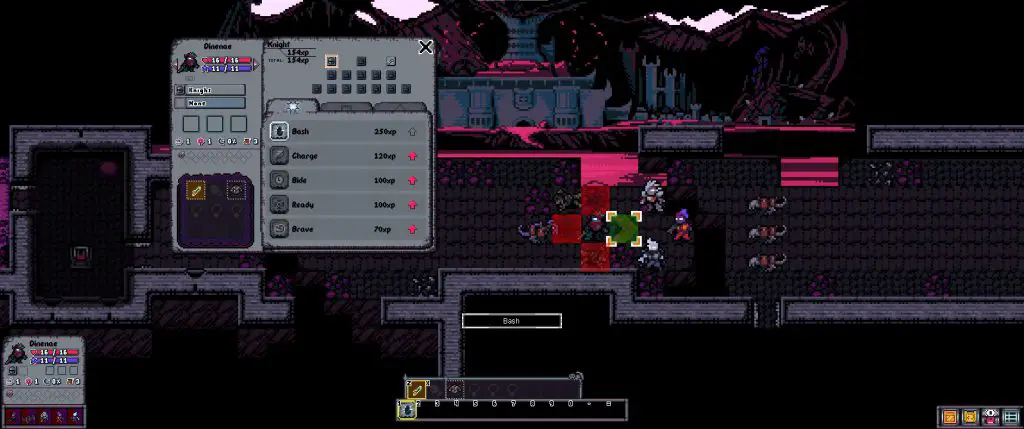
Lastly, each class has 5 passives that can be unlocked. Between the primary and the secondary classes, that means you can unlock 10 passives. However, after you unlock a passive, you have to equip it. The downside to that is that you only have 3 passive slots per character. So make sure you are only spending XP on the passives you are actually going to equip.
Exploration
Now that we have talked about combat and the elements included in that, let’s talk a little bit about the exploration in Kingsvein. You are free to roam around the world whenever you are not locked into tactical combat with the enemy. This is a major element of the game. Exploring can lead to finding unique gear and items.
Kingsvein does encourage you to think outside of the box when exploring. The paths are not always obvious and can often feel like puzzles. Sometimes you might need to use your abilities to find or create the path. This includes things like freezing rivers, blasting walls, or even throwing a chain to destroy statues.
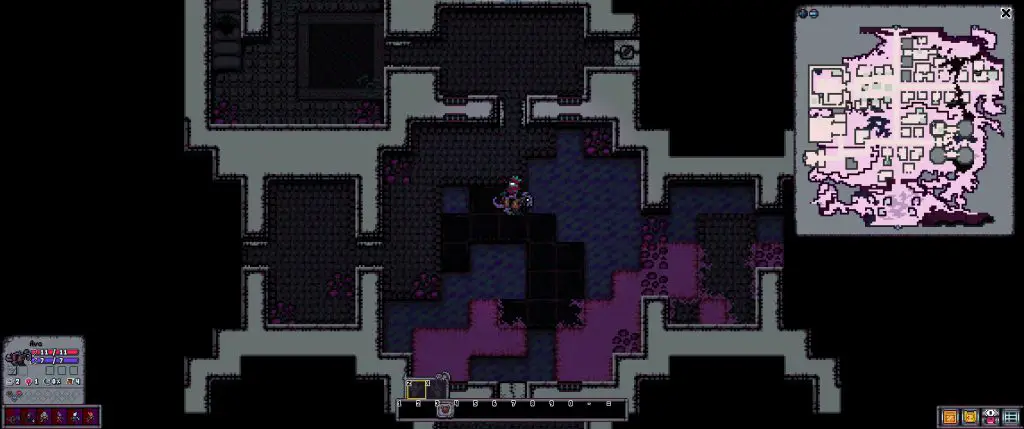
I spent a lot of time wandering around the area trying to find a route to an item I saw from a distance. The puzzleness of it makes the exploring feel enjoyable and not daunting. The special items you can find definitely make it worthwhile as well.
Conclusion
So, with all the being said, is Kingsvein worth picking up? I would say yes, but with some caveats. When I started my first game in Kingsvein, it jumped right into the character creation. Great! Except there are so few pixels on the character models that I wasn’t even sure what I was looking at for some of the head or face designs. This was a little frustrating to me because the environment and animations seemed to be at a higher pixel density. Meaning they looked a lot better than the character models.
The other hurdle for me was the lack of guidance by the game. My two examples for this are the leveling system and the exploration. As I mentioned in the leveling section, Kingsvein does things a little differently. Perfect! I like different, but not when it isn’t clear on how this new take on leveling works. It took me a while to figure out how to equip a class into the primary slot so that I was getting XP for that class. That means I wasted a bunch of XP on a class I didn’t want to invest in.
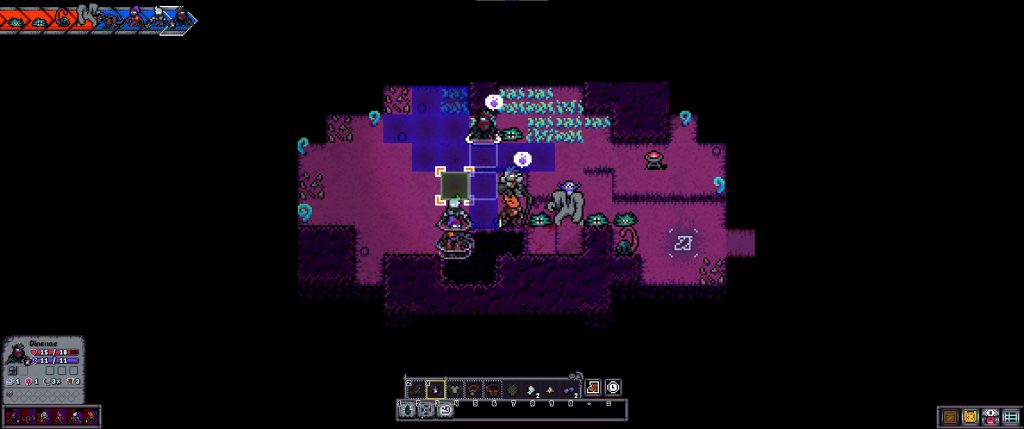
As for exploring. I figured out pretty quickly that you could use abilities outside of combat, although I don’t recall if it actually tells you that in the game. I discovered it by accident. On top of using your abilities, I was not aware that you had to drag and drop items from your inventory onto objects in the environment to interact with them. Again, it didn’t seem to be explained in a tutorial at all. I had to do a web search to figure out how to add attachments to my gear because nothing told me that the anvil I happened to walk by one time was actually an interactable object. I don’t know about you, but I feel like I shouldn’t have to look things up online to be able to play the game.
Then why did I say the game was worth picking up? Well, once I got those things out of the way, the game was a blast. I really enjoyed the tough tactical encounters. I also had a lot of fun just exploring and finding new hidden locations. Sure it might have been a rocky start, but that was only the beginning. Kingsvein played great on my PC and Steam Deck, which made it hard for me to put down. If you don’t mind working through the things that I mentioned above and are a turn-based lover like me, then be sure to check this game out on Steam.
The Steam key for this review was kindly provided by the developer Rad Codex.


